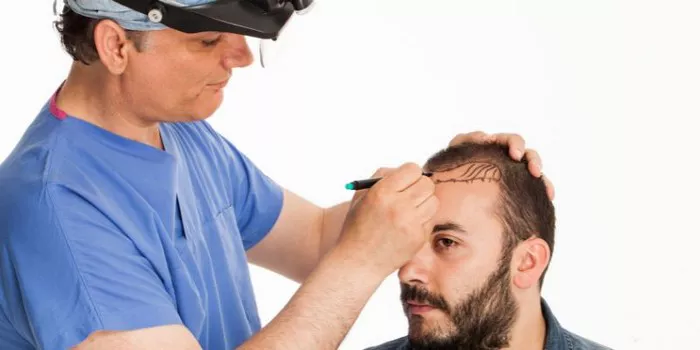Hair loss can be a distressing experience for many individuals, impacting their confidence and self-esteem. Fortunately, advancements in medical technology have made hair transplant procedures increasingly popular as an effective solution for restoring hair density and improving appearance. In this article, we delve into the timeline for seeing results from a hair transplant, considering factors such as the causes of hair loss, pre-operative considerations, and post-operative care.
Causes Of Hair Loss
Hair loss can be attributed to various factors, including genetics, hormonal imbalances, medical conditions, and lifestyle factors. Male and female pattern baldness, also known as androgenetic alopecia, is the most common cause of hair loss, affecting millions of individuals worldwide. Other causes of hair loss include stress, nutritional deficiencies, thyroid disorders, autoimmune diseases, and certain medications. Understanding the underlying cause of hair loss is essential for determining the most appropriate treatment approach, including the potential candidacy for a hair transplant procedure.
Things to Consider Before Hair Transplant
Before undergoing a hair transplant procedure, several factors should be carefully considered to ensure optimal outcomes and patient satisfaction. Firstly, it’s crucial to have realistic expectations regarding the results of the hair transplant. While significant improvements in hair density and appearance can be achieved, it’s essential to understand that the results may vary from person to person and that multiple sessions may be necessary to achieve the desired outcome. Additionally, patients should be in good overall health and free from any medical conditions that may interfere with the healing process. Consulting with a qualified hair transplant surgeon is essential for evaluating candidacy and discussing treatment options tailored to individual needs.
Things to Consider After Hair Transplant
Following a hair transplant procedure, proper post-operative care is essential for promoting optimal healing and achieving the best possible results. Patients should follow the specific instructions provided by their surgeon regarding post-operative care, including wound care, medication usage, and activity restrictions. It’s essential to avoid activities that may disrupt the healing process or increase the risk of complications, such as vigorous exercise, swimming, or exposure to direct sunlight. Patients should also refrain from touching or scratching the treated area to prevent dislodging the transplanted grafts. Additionally, attending follow-up appointments with the surgeon is crucial for monitoring progress and addressing any concerns or questions that may arise during the recovery period.
Timeline for Seeing Results From Hair Transplant
The timeline for seeing results from a hair transplant can vary depending on several factors, including the specific technique used, the extent of hair loss and transplantation, and individual healing characteristics. In general, patients can expect to see some initial growth of transplanted hair within the first three to four months following the procedure. However, it’s important to note that this initial growth may be minimal and that the transplanted hairs may undergo a temporary shedding phase before regrowth occurs. By six to nine months post-transplant, patients typically experience more noticeable growth and improved hair density in the treated areas. Full results from a hair transplant procedure are typically visible by twelve to eighteen months post-surgery, although individual outcomes may vary. Patience is key during the recovery process, as it takes time for the transplanted hairs to mature and blend seamlessly with the existing hair.
Conclusion
In conclusion, the timeline for seeing results from a hair transplant can vary depending on various factors, including the causes of hair loss, pre-operative considerations, and post-operative care. While significant improvements in hair density and appearance can be achieved through a hair transplant procedure, patience is essential, as it takes time for the transplanted hairs to grow and mature. By understanding the factors influencing the timeline for seeing results and following the guidance of a qualified hair transplant surgeon, patients can achieve natural-looking, long-lasting results and enjoy the benefits of restored hair density and confidence.
How Many Hair In One Graft Of Hair Transplant

